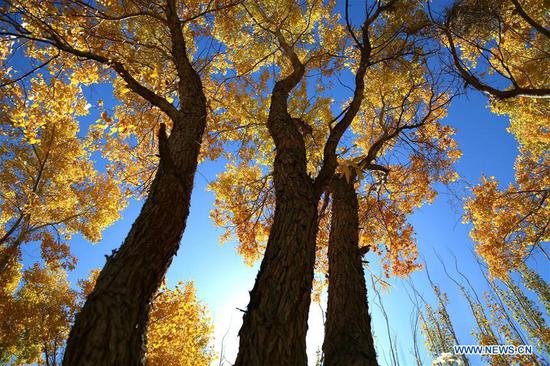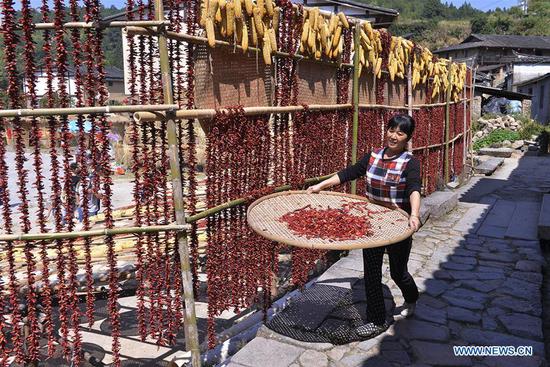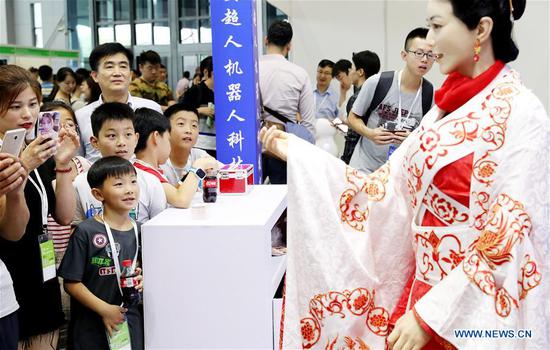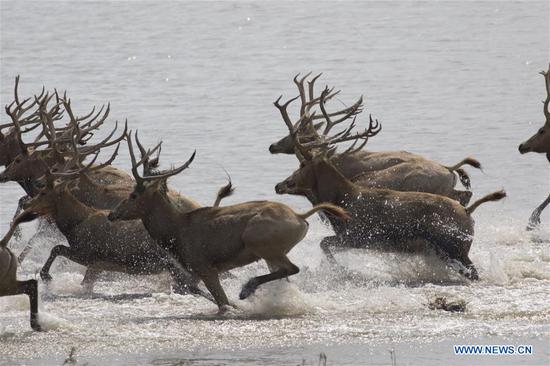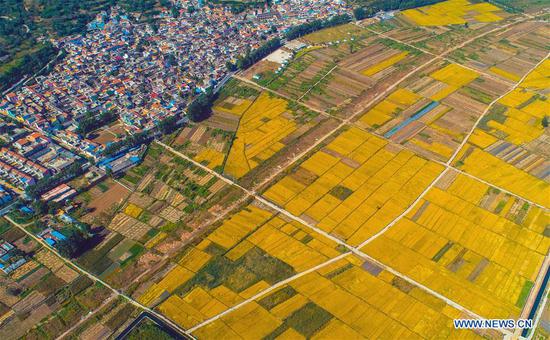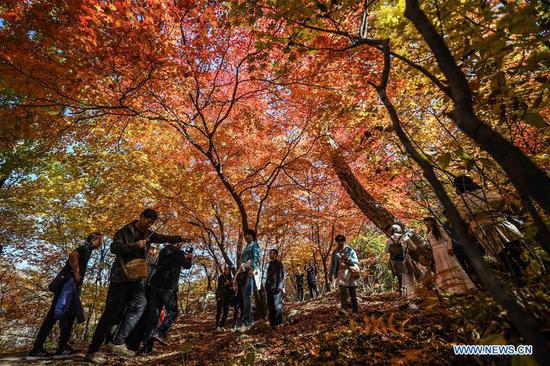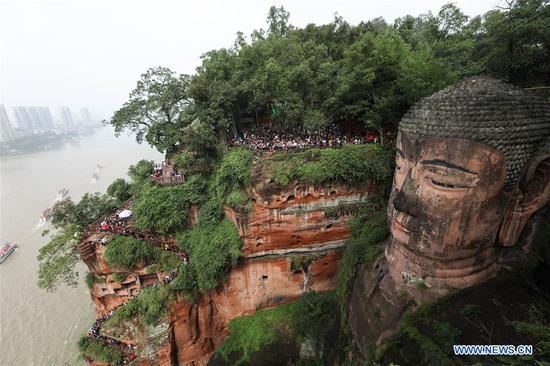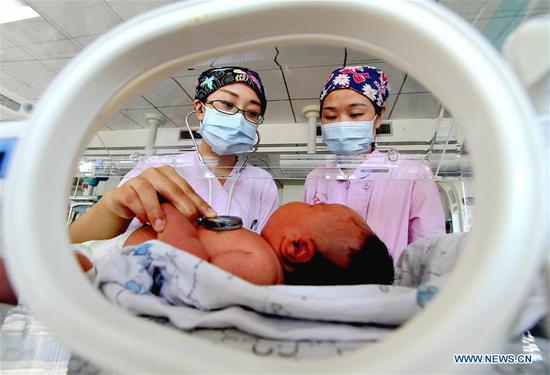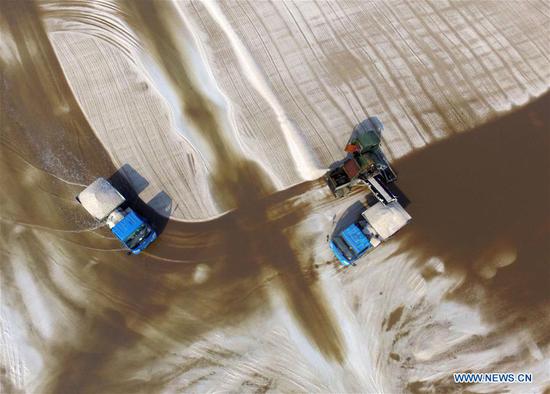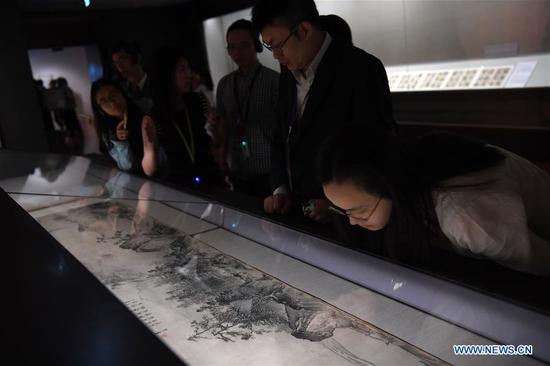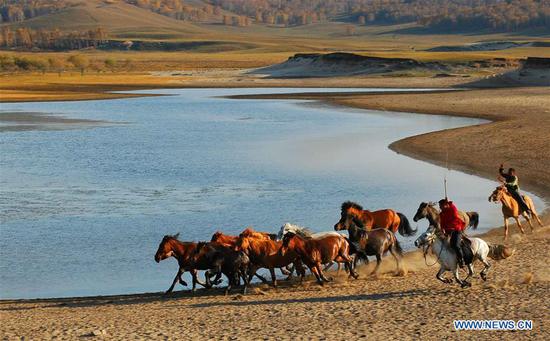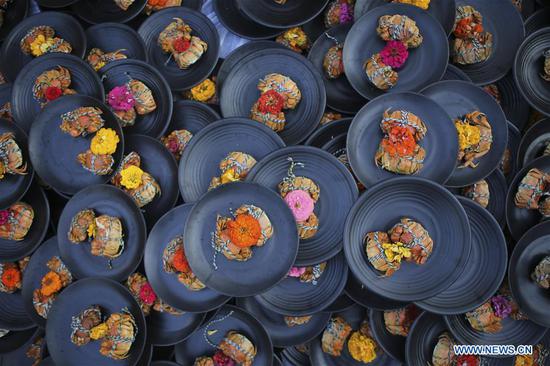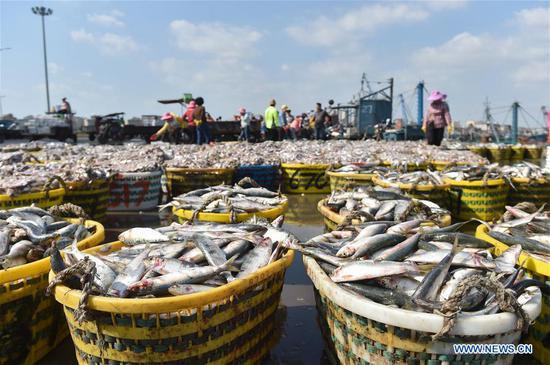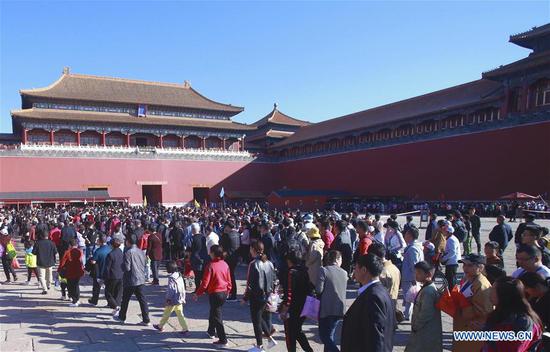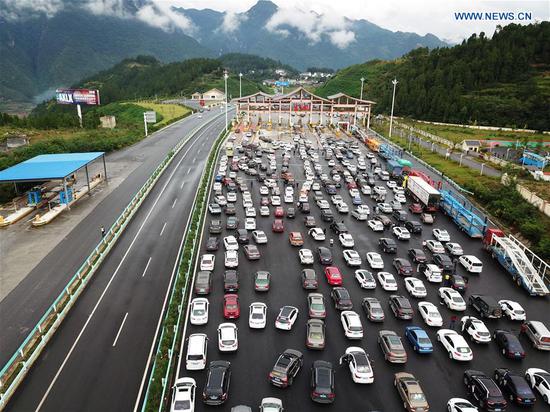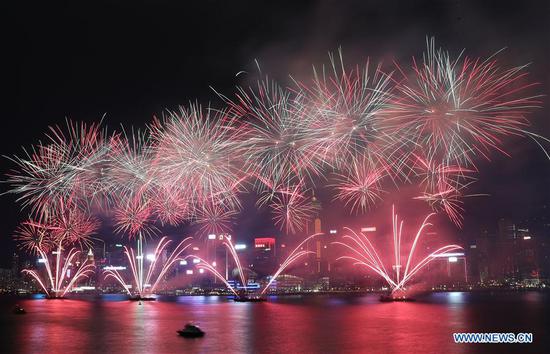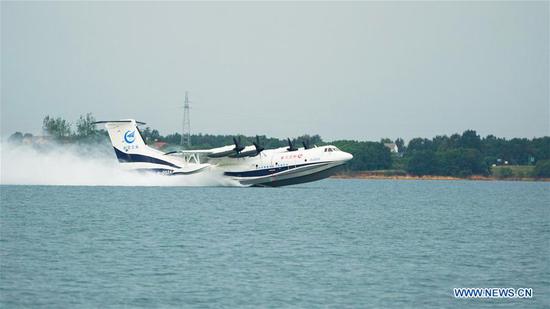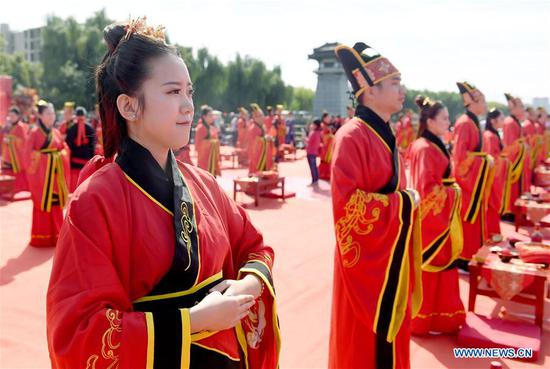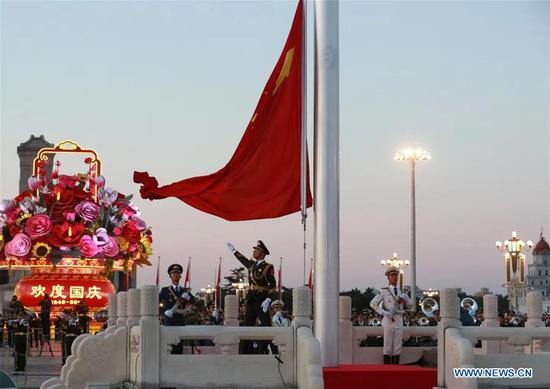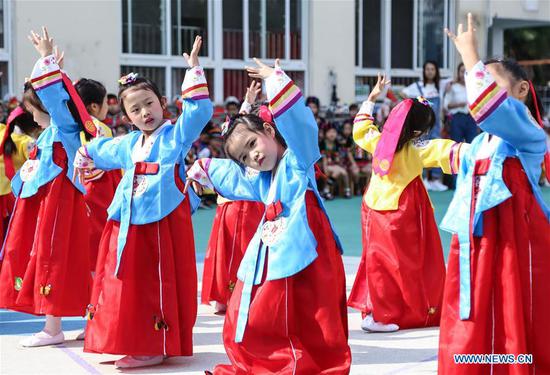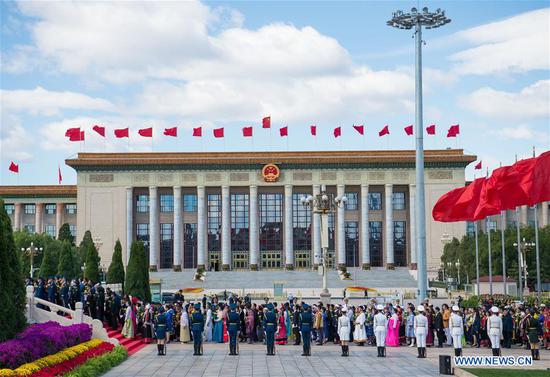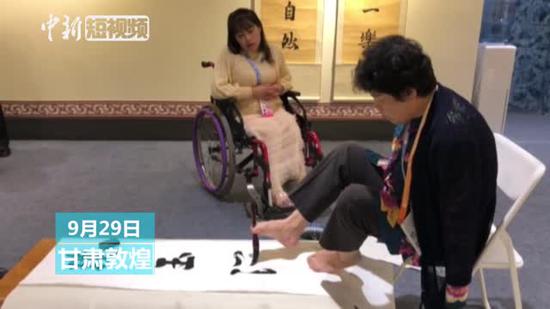The top environmental watchdog's efforts to control air pollution continued during the weeklong National Day break, with officers uncovering more than 1,100 violations in the two regions with the worst air quality in the first five days of the holiday.
Officers from 290 teams, each made up of three or four members, continued inspections in the Beijing-Tianjin-Hebei cluster and the Fenhe and Weihe river plains during the holiday, which started on Oct. 1.
The average concentration of PM2.5, a major atmospheric pollutant, on the Fenhe and Weihe river plains is the second-worst in the country, exceeded only by that in the Beijing-Tianjin-Hebei region.
The plains, stretching across Shanxi, Shaanxi and Henan provinces, rank worst for the density of sulfur dioxide, another serious pollutant.
The violations discovered by inspectors included a lack of, or abnormal operation of, air pollution control facilities, use of a heavily polluting boiler that should have been phased out, and a lack of measures at mines and construction sites to prevent airborne dust, the Ministry of Ecology and Environment said.
Airborne dust has been a major contributor to PM2.5 in the Beijing-Tianjin-Hebei region.
Two of the companies the inspectors visited, including a printing factory in Shanxi's provincial capital Taiyuan, prevented officers from entering their premises even though they showed the companies their documents.
Inspectors also found five unlicensed filling stations without air pollution control facilities, according to the ministry.
Seven of the violators were poorly managed small companies. Six of them failed to provide any documents from local environmental authorities showing their operation had been approved.
One such company, Wenyong Plastic Foam Recycling, in Yangquan, Shanxi, was found melting plastic foam it had collected without approval and discharging volatile organic compounds from its factory without treatment.
Li Ganjie, minister of ecology and environment, conducted air pollution control field visits on the Fenhe and Weihe river plains on Sept 30 and Oct 1 and visited inspectors working in the region, saluting their efforts.
While expressing gratitude for the inspectors' efforts in controlling air pollution, Li asked the officers to be disciplined in their "tough" and "bitter" work.
Li's ministry launched an inspection of air pollution control, dubbed the "blue sky protection campaign", in three key areas on June 11.
In addition to the Beijing-Tianjin-Hebei region and the plains, the yearlong campaign will also cover the Yangtze River Delta. A total of 18,000 officers across the country will be mobilized.
The air pollution control campaign was initiated in the Beijing-Tianjin-Hebei region last year, with 5,600 officers from across the country involved. It was extended to the other two regions after it was found to be effective.
According to Tianjin's environmental authority, the PM2.5 density in the city in September decreased by 40 percent year-on-year to 30 milligrams per cubic meter. That was the lowest since 2013, when the city began to monitor the particulate matter.
Hebei's environmental department said the average PM2.5 density in the province reached record low of 31 mg/cubic meter in September. Beijing has yet to release its air quality data for last month.









